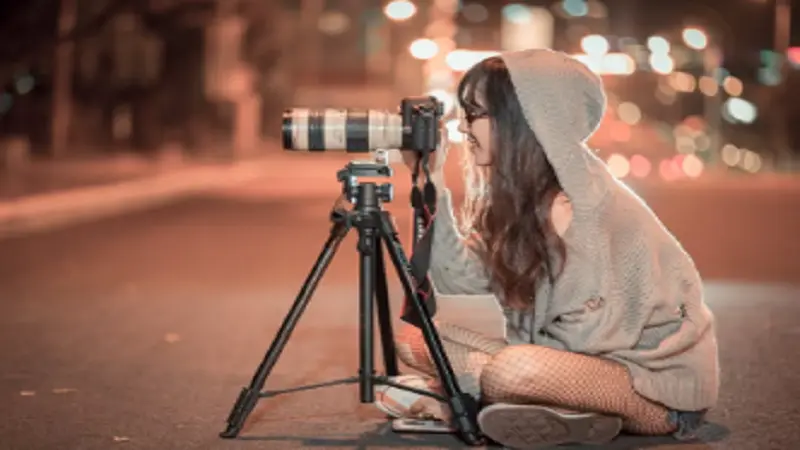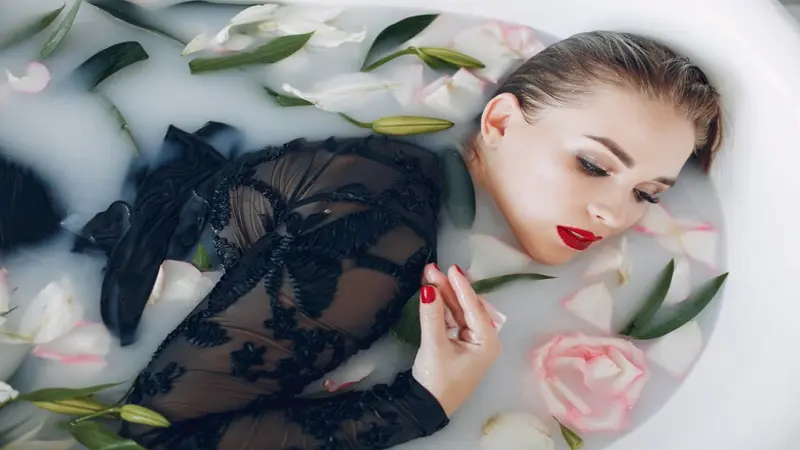Understanding Photeeq Bokeh
What is Photeeq Bokeh?
Photeeq Bokeh refers to a sophisticated photographic technique used to create a visually pleasing blur in out-of-focus areas of an image. This blur, characterized by soft, round, and sometimes hexagonal shapes, transforms mundane backgrounds into dreamy canvases that highlight the subject with unparalleled clarity and prominence. The term “bokeh” itself originates from the Japanese word “boke,” meaning blur or haze, and has evolved into a hallmark of artistic photography.
The Elements of Photeeq Bokeh
Achieving Photeeq Bokeh involves several key elements:
- Lens Aperture: A wide aperture (small f-number) is essential to create a shallow depth of field, which exaggerates the blur effect in the background while keeping the subject sharp.
- Lens Quality: The quality of the lens significantly influences the rendering of bokeh. Lenses with circular aperture blades tend to produce smoother and more pleasing bokeh compared to those with polygonal or octagonal aperture shapes.
- Distance from Subject to Background: The farther the subject is from the background, the more pronounced the bokeh effect becomes. This distance amplifies the depth of field, enhancing the separation between the subject and its surroundings.
- Light Sources: Points of light in the background, such as city lights at night or sparkling water droplets, contribute to the bokeh effect by appearing as soft, glowing orbs when out of focus.
Evolution and Popularity of Photeeq Bokeh
Historical Roots
The fascination with bokeh can be traced back to early 20th-century photography, where photographers experimented with lenses and aperture settings to achieve aesthetically pleasing blur effects. Over time, as photography evolved from film to digital, bokeh became synonymous with professional-grade photography and artistic expression.
Modern Applications
In contemporary photography, Photeeq Bokeh has become a hallmark of portrait, macro, and nature photography. It adds a layer of depth and emotion to portraits by isolating the subject against a softly blurred background, creating an intimate connection between the viewer and the subject. In macro photography, bokeh transforms tiny details into magical landscapes of color and light, showcasing the intricacies of nature in a breathtakingly artistic manner.
Technical Insights into Photeeq Bokeh
Choosing the Right Equipment
To master Photeeq Bokeh, selecting the right equipment is crucial:
- Lens Selection: Fast prime lenses with wide apertures (e.g., f/1.4 or f/1.8) are ideal for achieving pronounced bokeh effects. Lenses specifically designed for bokeh, such as portrait lenses, offer superior optical quality and bokeh rendering capabilities.
- Camera Settings: Set your camera to aperture priority (A or Av mode) to control the aperture manually while letting the camera adjust the shutter speed for optimal exposure. Alternatively, manual mode allows precise control over both aperture and shutter speed, giving you creative freedom to experiment with different settings.
Practical Tips for Capturing Photeeq Bokeh
- Focus on the Subject: Ensure your subject is sharply in focus while the background remains blurred. Use single-point autofocus or manual focus to achieve precise focus on the subject’s eyes in portrait photography.
- Maximize Aperture: Choose the widest aperture your lens allows (e.g., f/1.4 or f/2.8) to create a shallow depth of field and maximize the bokeh effect.
- Control Background Elements: Position your subject against backgrounds with interesting textures or light sources to enhance the bokeh effect. Experiment with different distances between the subject and background to achieve varying levels of blur.
- Consider Bokeh Shape: Some lenses produce bokeh with distinctive shapes (e.g., Nikon’s “cat’s eye” bokeh). Explore how different lenses render bokeh to find the style that best complements your photographic vision.
Artistic Expression Through Photeeq Bokeh
Beyond its technical aspects, Photeeq Bokeh is a powerful tool for artistic expression:
- Emotional Impact: By isolating the subject against a blurred background, bokeh draws attention to the subject’s emotions, expressions, and details, evoking a sense of intimacy and narrative in the photograph.
- Visual Storytelling: Use bokeh creatively to guide viewers’ focus and convey the mood or atmosphere of the scene. Whether capturing the serenity of a dewdrop on a leaf or the quiet contemplation of a portrait subject, bokeh enriches visual storytelling by accentuating key elements within the frame.
Conclusion: Embracing the Magic of Photeeq Bokeh
In conclusion, Photeeq Bokeh represents the intersection of technical precision and artistic vision in photography. From its historical roots to modern applications, bokeh continues to captivate photographers with its ability to transform ordinary scenes into extraordinary visual narratives. By understanding the principles of aperture, lens selection, and composition, photographers can harness the magic of bokeh to elevate their craft and create compelling, emotionally resonant images.
As you embark on your journey to master Photeeq Bokeh, remember that experimentation and creativity are key. Embrace the nuances of light, composition, and storytelling to create photographs that not only capture moments but also evoke emotions and inspire imagination. Let Photeeq Bokeh be your guide to exploring new dimensions of photographic artistry and discovering the endless possibilities that await behind the lens.



